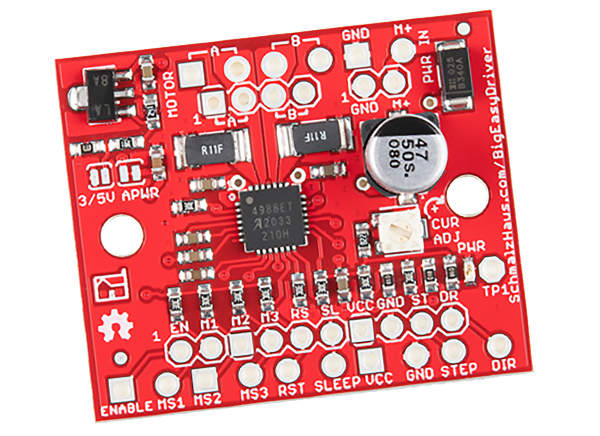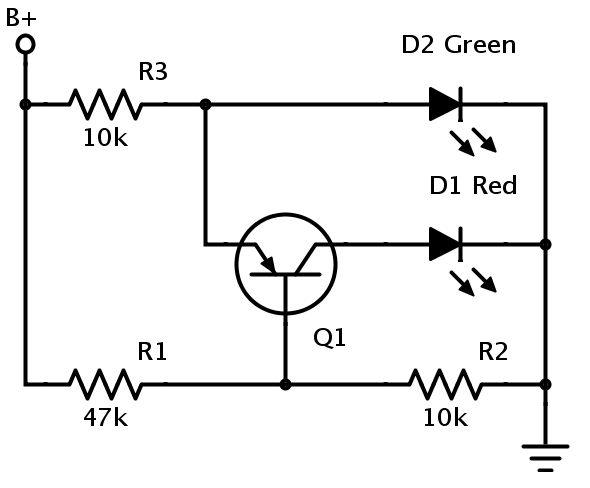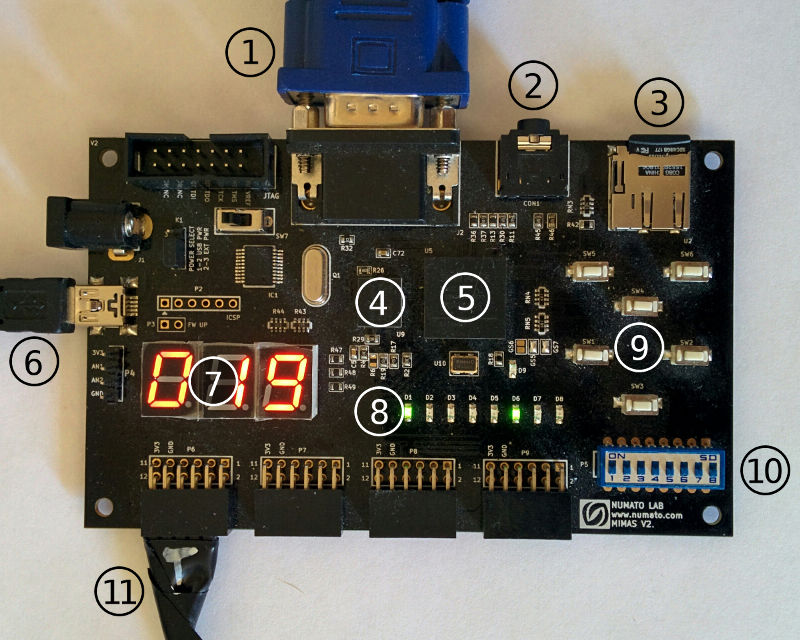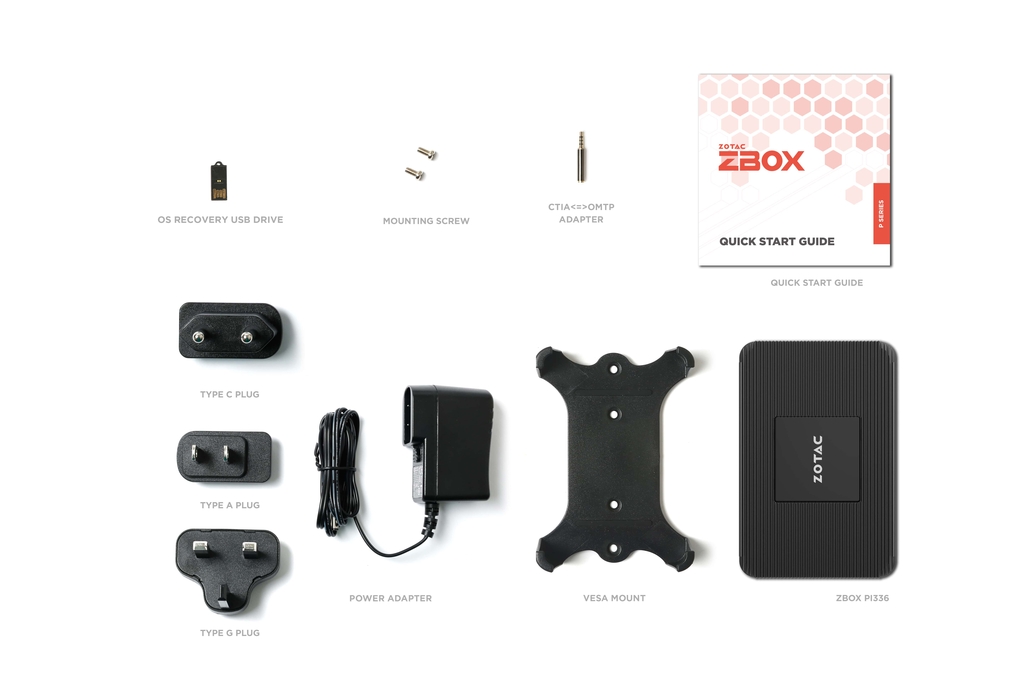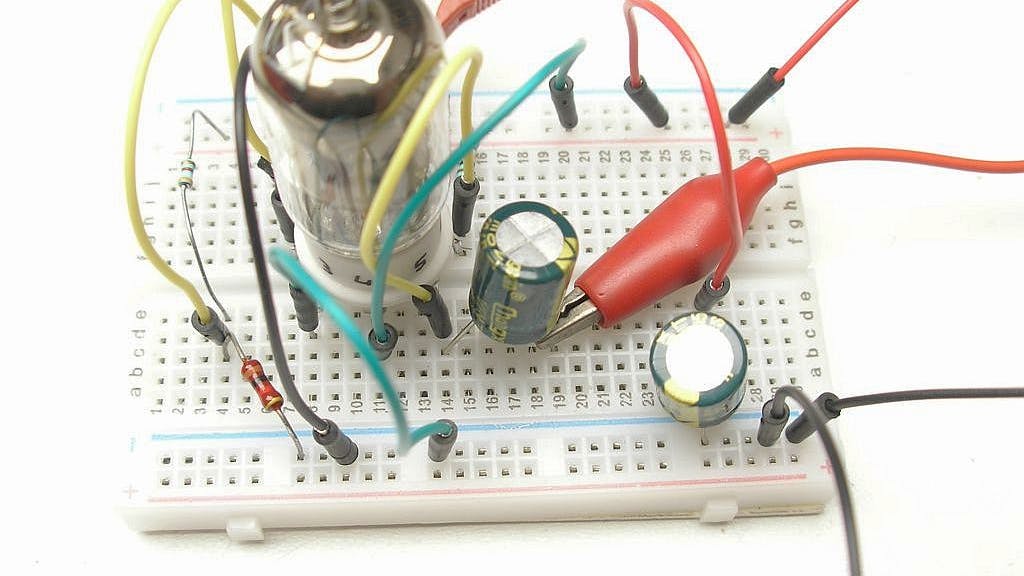
Vacuum Tube Pre-amplifier Runs Entirely on 3.3V, inclusive of filament voltage
Most vacuum tubes need about 6.3V high supply plus filament voltage to operate. Running at 3.3V inclusively of the filament voltage, the new vacuum tube amplifier from Albert van Dalen has proven it possible to have one with the capacity to operate on an entirely low power supply voltage and still work well.
“To be able to do experiments with vacuum tubes, I bought a cheap DIY 6J1 tube amplifier on Ali Express. Like most vacuum tube circuits, it uses a relatively high supply voltage of 60V. However, a high voltage is not always required for vacuum tubes, sometimes 12V is used. I was curious how far one can go with reducing the power supply. Nowadays the most common used power supply voltage for electronics is 3.3V and before this was 5V.” says van Dalen as he explains how he started with his design and was able to gradually decrease the voltage going from 60 V to 12 V to 5 V and then finally down to 3.3V partly by using a grid bias that looks like a bipolar transistor instead of the usual single-ended design.
Van Dalen also added that asides being able to work with a low supply voltage, power the preamp can also be used for audio purposes and can easily be powered from a USB.
“Tube amplifiers are used for nostalgia reasons and to get the characteristic tube sound. For this purpose, this preamp is useful, and you can simply power it from USB. The gain is -3.5 and music sounds undistorted. Just the red light from the filament is dimmed.”
However, some of the oddities caused by this very low supply voltage as observed by van Dalen in his experiment included a positive grid-cathode voltage instead of being negative and a very high grid current of 0.3 mA.
Seeing how much power he was able to reduce was a very big feat for van Dalen as the results so far have been very promising. Hopefully, more amplifier designs are likely to integrate the concept of this design in the nearest future.
If you are interested in making one for yourself, you can check out the detailed step by step process of Albert van Dalen’s experiment on his website.





